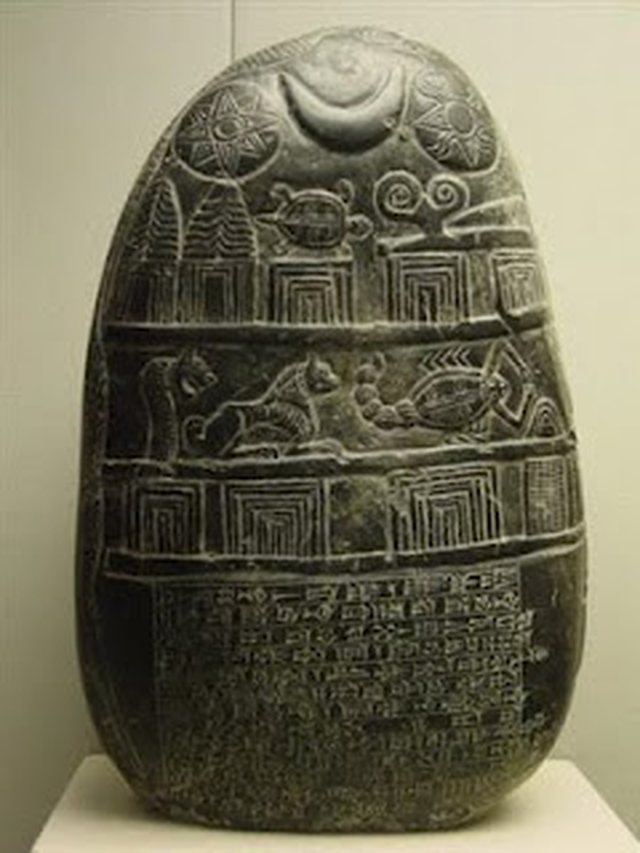
Babylonians are usually credited with giving birth to astrology. Astrological maps enabled them to predict the repetition of certain celestial seasons and events. So in the beginning and for over 2000 years, astrology and astronomy were the same science.
Babylonian astrology was recognized by the Greeks early in the 4th century BC and, through the studies of Plato, Aristotle, and others, astrology was raised and considered a science. It was soon embraced by the Romans (Roman names for zodiac signs are still used today) then Arabs and later spread around the world.
While earlier astrology was used to bring about a sense of order from the prevailing chaos, it was then used to predict weather patterns, mainly for agricultural purposes. It eventually expanded to include forecasts of natural disasters and war as well as other events in the course of human affairs. Successful efforts in these areas were a natural progression for astrology to be used as advice to kings and emperors and, in time, to all of us.

The Zodiac (derived from the Greek word meaning "animal circle") is believed to have been developed in ancient Egypt and later adopted by the Babylonians. Early astrologers knew that it took 12 lunar cycles (i.e. months) for the sun to return to its original position. They then identified 12 constellations that they observed related to the progress of the seasons and assigned them names of animals and persons (in Babylon, for example, the rainy season was found to occur when the Sun was in a particular constellation which then it was called Aquarius or water carrier).

â?¢ The zodiac signs are divided into four groups:
â?¢ Signs of Fire: Aries, Lion, Sagittarius
â?¢ Earth Signs: Taurus, Virgo, Capricorn
â?¢ Air signs: Gemini, Libra, Aquarius
â?¢ Water Signs: Crab, Scorpio, Pisces
Each of these four groups is carved into its own quadrant or group of "houses" in a circle. The division of 12 houses is based on the daily rotation of the Earth and is related to circumstances such as relationships, finances, travel, etc. The division of the 12 zodiac signs, on the other hand, is based on the monthly rotation of the earth around the Sun and relates to character traits and areas of life (e.g., Venus represents love, Mercury represents speech and writing, etc.).

Each planet is associated with two signs, while the Sun and Moon with one each. Around 2000 BC, Babylonian astrologers believed that the Sun, Moon, and the five known planets at that time (Jupiter, Mars, Mercury, Saturn, and Venus) possessed different powers. Mars, for example, appeared to be red and was associated with aggression and war.
Source: AFA





